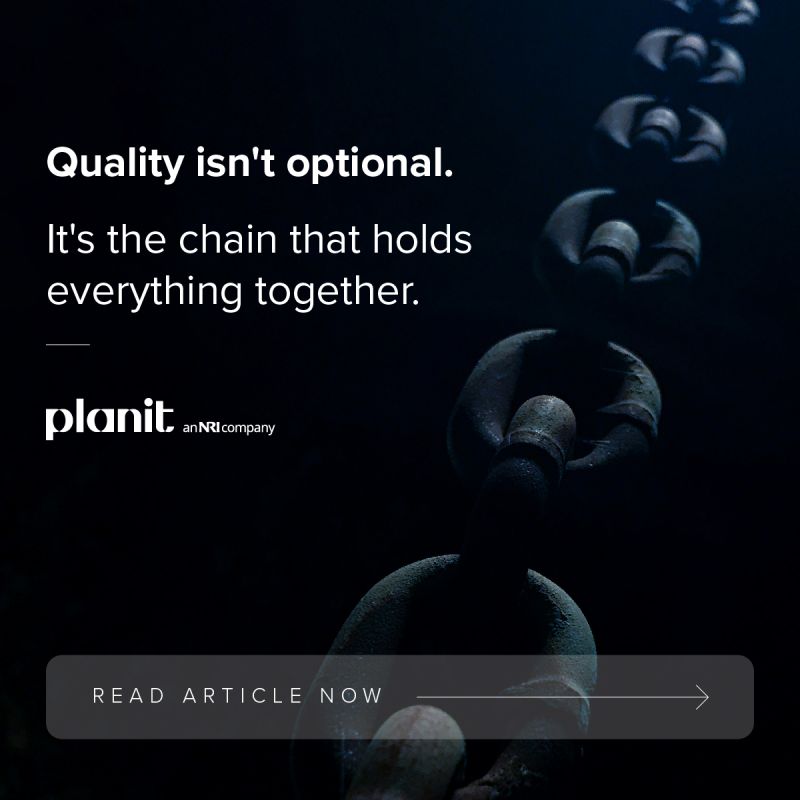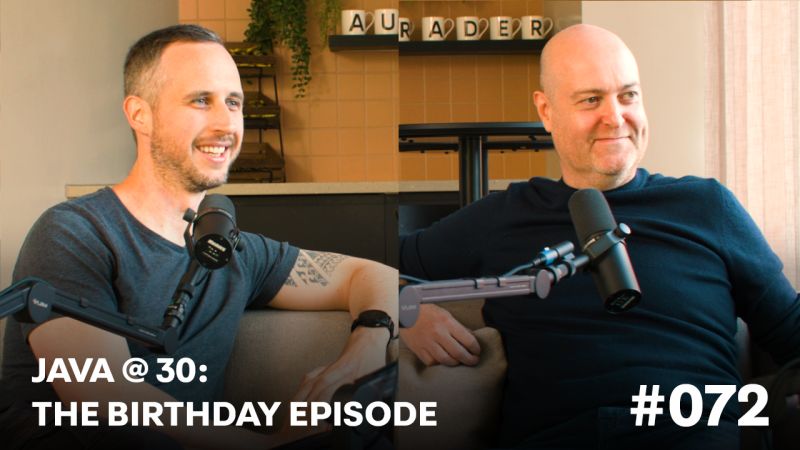While some have been critical of Google Glass, we at Apadmi feel it still has plenty of promise. Along with the other wearable tech products that have increasingly been entering the market in the past year or so, Google Glass has a lot to offer, particularly to the world of business. In this sense then, it is telling that, while the Google Explorer program has been halted, the Glass at Work program is continuing to run.
We are not alone in this view either - earlier this week, NHS England’s medical director, Prof Sir Bruce Keogh, said in an interview with The Guardian that wearable technology had the potential to revolutionise healthcare, and particularly the monitoring of patients’ health. Specifically, Sir Bruce highlighted the ability of technology to;
“predict things, to act early and to prevent unnecessary admissions, thereby not only taking a load off the NHS but, more importantly, actually keeping somebody safe and feeling good.”[1]
When a high-ranking public servant recognises the potential of wearable tech to improve how his service is run, it's worth sitting up and taking note. I say this, as along with the examples Sir Bruce gave – fitness trackers and a version of Ralph Lauren’s Polo Tech Shirt being used to track patients’ heart rate and the like – a product like Google Glass could easily be used to give doctors and paramedics access to patients’ records while they are on the move, particularly as the NHS is now moving toward a centralised medical record database.
Furthermore, a number of wearable tech apps have already been developed that have proved useful for medical professionals. With Google Glass, for example, there is an app that allows surgeons to monitor the patient’s vital signs without ever needing to take their eyes off what they’re doing and even walk them through a procedure step-by-step.
Google Glass¹ ability to be used in this way is vital to its success moving forward - one of the ways in which a new piece of technology grows in popularity is by clearly distinguishing itself and the unique benefits it can offer. With Google Glass then, it is the device’s ability to provide information to the user in real-time and crucially in a way that keeps the users’ hands free to perform complicated tasks.
In fact, Google Glass is a piece of wearable tech that could also have a lot to offer to the other emergency services. It is interesting to note then that Patrick Jackson, a firefighter from North Carolina, has already shown in an Explorer Story video on YouTube how Google Glass can be used by firefighters to summon up floor plans and satellite imagery to help them when they’re entering burning buildings[2]. Given Google Glass’ ability to relay information and instructions in a hands-free manner, the device could be particularly useful for businesses that have manufacturing at their heart too, helping to minimise human error during the production process.
Therefore, while Google¹s further development of the product should hopefully lead to new versions with increased usability being rolled out, Glass¹s future success is likely to be tied to availability of apps that make full use of the device and its potential capabilities. There are only a few dozen apps that have been developed specifically for Google Glass currently, which is a drop in the ocean compared to the myriad of different apps available for mobile phone and tablet devices. Thus, those that do spot gaps within the Google Glass apps marketplace and move to fill this gap with products that offer something new to users could quickly secure a sizeable market share.
This is true of wearable tech devices generally too – as more and more come to market, ones that offer something new and unique to users will inevitably stand out and so it will be important for developers to spot these quickly and create apps that allow the user access to the tech’s full range of possibilities. This, in turn, should then help to increase uptake in wearable tech even more.
For more information, please visit www.apadmi.com








